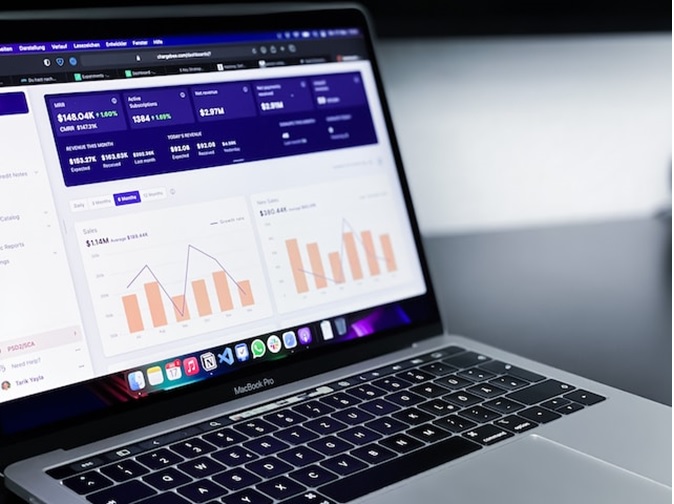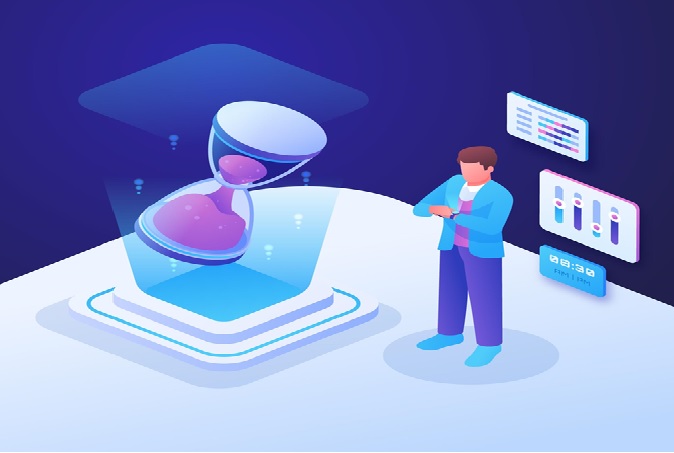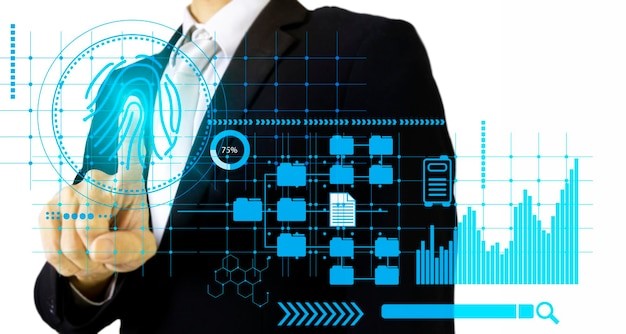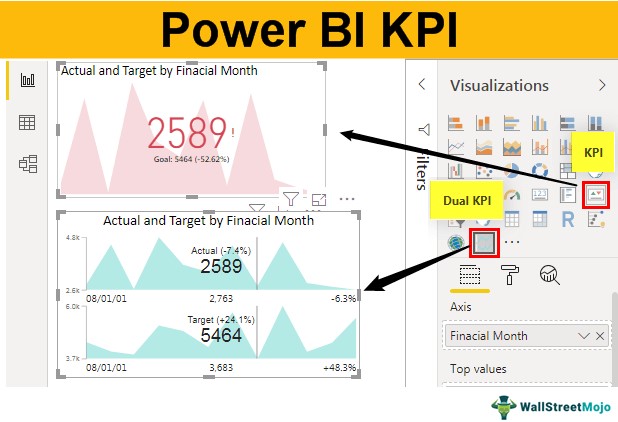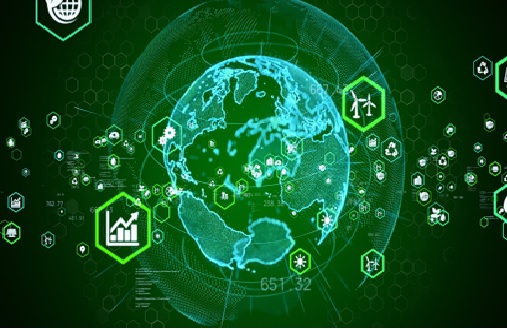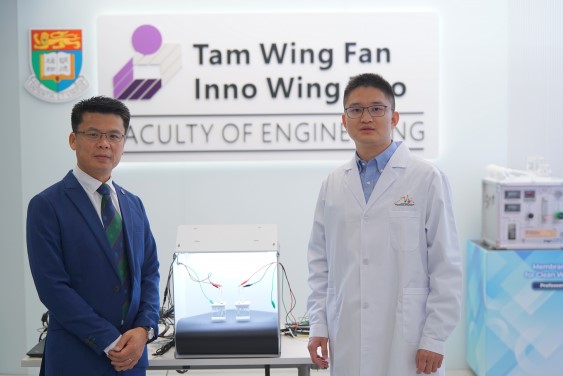Here Are the Top Five Enterprise Applications of Spatial Computing
Spatial computing has emerged as a new buzzword since Apple announced the upcoming release of its spatial computer, Apple Vision Pro, scheduled for early February. While consumer applications are grabbing headlines, the most substantial impact and market growth are occurring within enterprises.
Descriptive analytics is concerned with answering questions such as "what happened?" and "how did it happen?". It involves the use of statistical measures such as mean, median, mode, and standard deviation to summarize data and provide an overview of key characteristics and features.

Figure 1. Here are the top five enterprise applications of spatial computing.
Figure 1 shows descriptive analytics. Descriptive analytics breaks down into five steps, including:
At the enterprise level, spatial computing offers numerous benefits and opportunities across various industries. The technology enables real-time training and skill development, facilitates remote assistance and collaboration, and enhances data visualization and analytics. Figure 1 is an illustration of here are the top five enterprise applications of spatial computing.
According to a recent market report, the spatial computing sector is projected to surpass $280 billion by 2028, reflecting a compound annual growth rate (CAGR) of 23% from its 2023 valuation of $97 billion. A significant portion of this growth will stem from enterprises leveraging spatial computing for training, design collaboration, digital twins, and other applications. With this technology now firmly established, let's explore how enterprises can harness spatial computing in 2024 and beyond.
Digital Twins
Spatial computing integrates digital twins—virtual representations of physical entities or systems—into immersive augmented and virtual reality experiences. Engineers, for example, can use AR/VR headsets to overlay digital twin models onto physical systems and interact with them visually. This spatial connection allows for intuitive understanding of system performance compared to virtual simulations. Experts can examine digital twins from various perspectives, manipulate components using gestures, collaborate in VR to analyze designs, and transform digital twins from abstract data visualizations into interactive virtual replicas. In this context, enterprises benefit from improved asset visibility, reduced downtime, and accelerated insights. Real-time sensor data feeds digital twin simulations, and spatial computing bridges the gap from virtual to physical, enabling enterprises to optimize operations, maintenance, and training.
Remote Assistance and Collaboration
Remote assistance and collaboration are crucial aspects of enterprise operations that are increasingly benefiting from spatial computing technologies. Devices like Microsoft's HoloLens 2, Apple's Vision Pro, and Magic Leap 1 enable experts and technicians to provide real-time guidance and support remotely by overlaying digital information onto the user's field of view. This capability enhances the efficiency, quality, and safety of services, while also reducing travel costs and downtime.
Spatial computing also facilitates collaboration among distributed teams working on large projects that require interactive visualization. Instead of struggling with viewing project models on PCs through remote networks, team members can use mixed reality devices to join a shared virtual space. In this virtual environment, users can communicate, share data, and manipulate the project as if they were physically present together in a boardroom.
Enhanced Visualization and Design Processes
With spatial computing, businesses can streamline their design and development processes, cutting costs and errors while boosting efficiency and quality. For instance, in automotive design, virtual prototypes save time and money, enabling faster iterations and feedback. Similarly, in construction and architecture, virtual models aid in visualizing and planning structures, facilitating real-time collaboration and feedback from clients and contractors.[1]
Real-time Training and Skill Development
Spatial computing is revolutionizing training and skill development in the enterprise, offering immersive and realistic scenarios for learners to master various tasks safely. At CES 2024, PIXO VR and Dimension X introduced an enterprise-ready content creation platform for AR/VR/MR applications, highlighting its potential for training needs.
In the healthcare sector, spatial computing enables medical professionals to practice surgical procedures and diagnosis using virtual patients, enhancing their skills and confidence while reducing reliance on cadavers. Similarly, in manufacturing, spatial computing provides interactive instructions for workers to operate and maintain machinery effectively.
Data Analytics
Enterprise data analytics can be time-consuming, but integrating data into 3D virtual or augmented environments can simplify analysis. Augmented reality (AR) allows data points to be overlaid onto real-world objects, aiding engineers in identifying patterns and anomalies. Virtual reality (VR) enables exploration of multidimensional data visualizations, offering new perspectives through natural physical motions like head tilting. Advanced interfaces such as gesture and voice control enhance data interaction. Leading enterprises like NASA use AR/VR to visualize complex simulations and analyze data, improving insights and decision-making processes.
References:
- https://www.techopedia.com/top-enterprise-use-cases-of-spatial-computing
Cite this article:
Gokila G (2024), Here Are the Top Five Enterprise Applications of Spatial Computing, AnatechMaz, pp. pp.58


